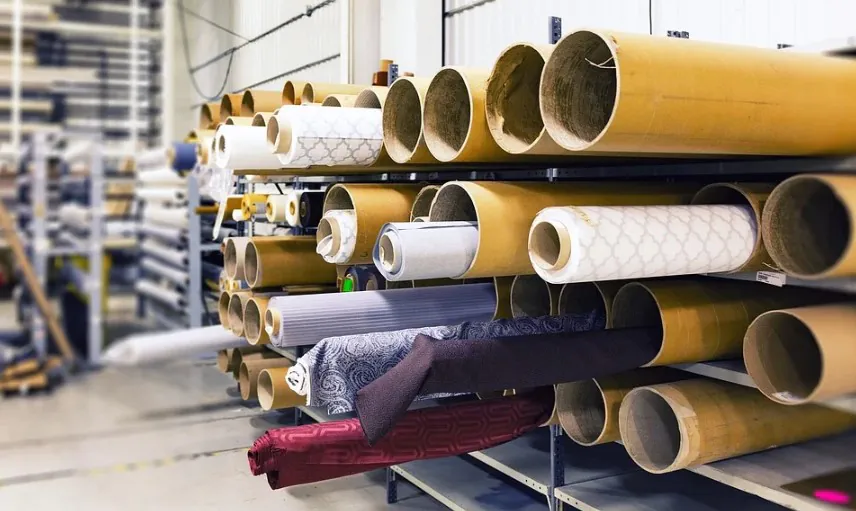With the announcement of their upcoming unisex denim line, Denim United, H&M is making headlines as one of the first major commercial clothing companies to introduce gender neutrality clothing on a large scale. The line will feature casual pieces including jackets, overalls, shorts, and t-shirts. In a press release, H&M spokesperson Marybeth Schmitt said, “It is very natural for us to launch a unisex collection as fashion is constantly evolving and intersecting … Today we see there are no boundaries in democratic style. Fashion should always be inclusive.”
This attitude has, in the recent past, not been especially popular in the fashion industry. Though briefly popular on high-end runways and in department stores in the late 1960s, unisex clothing in North America largely faded away, much to the frustration of consumers, until recently. This resurgence of gender-neutrality in the fashion world and in retail stores as of late is due in large part to the rise of Millennials as a consumer group and changing viewpoints throughout the world. Increasing trans-visibility, awareness of non-binary gender identities, and changing cultural and industry attitudes towards gender equality, stereotypes and roles have made clothing manufacturers and retailers aware of the demand for and potential that unisex clothing can have, as well as what consumers want out of gender-neutral lines. According to Fusion’s Massive Millennial Poll, in the US, more than 50% of Millennials believe that gender and gender identity falls on a spectrum and shouldn’t be limited to the categories of male and female. This is a stark departure from attitudes of previous generations and presents new opportunities and consumer groups for businesses to cater to.
This move puts H&M in line with retailers like Zara and Gap who have also recently produced unisex clothing lines. Zara’s line, under the name Ungender, featured gender-fluid model Ruby Rose as the spokesperson. Gap offers a line of unisex baby clothes and recently announced its intention to create more unisex clothing pieces for children, something that the global apparel market tends to lack.
Unisex fashion helps to do away inequality in terms of clothing costs between genders. According to a 2015 study conducted by the New York City Department of Consumer Affairs, adult women, on average, pay roughly 8% more for clothing than men do. Women’s shirts cost 15% more, dress shirts 13% more, and jean’s 10% more than men’s. The cost-savings offered through unisex lines will benefit consumers. Gender neutrality in clothing products also benefits retailers and provides them with cost savings. It saves money on branding, eliminating the need for gendered labelling, signs, and gender-specific marketing initiatives. It also does away with the need for gender-segmented shopping, combining men’s and women’s departments and allowing for more intuitive and convenient store layouts.
As gender-neutral clothing continues to become a part of mainstream and commercial brands, we can expect to see gender-neutral activewear and even footwear become an industry norm. 91��Ƭ�� can help you connect with thousands of the world’s leading textile companies and stay in-the-know about industry trends and innovations like this. Register for free today to build your own network of global textile companies on 91��Ƭ��!


